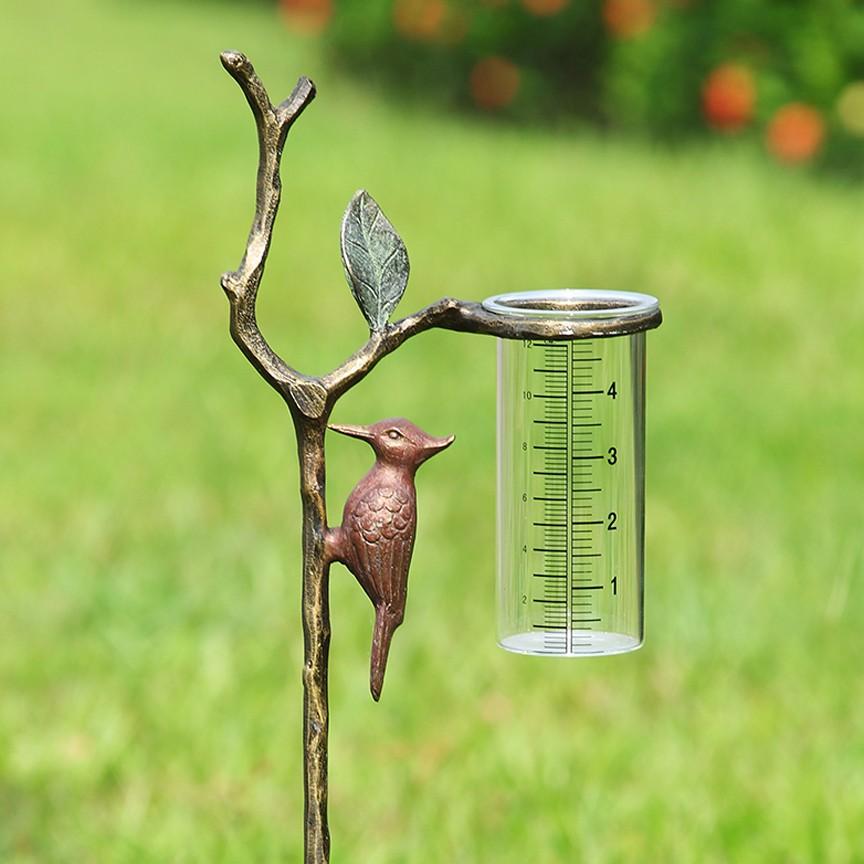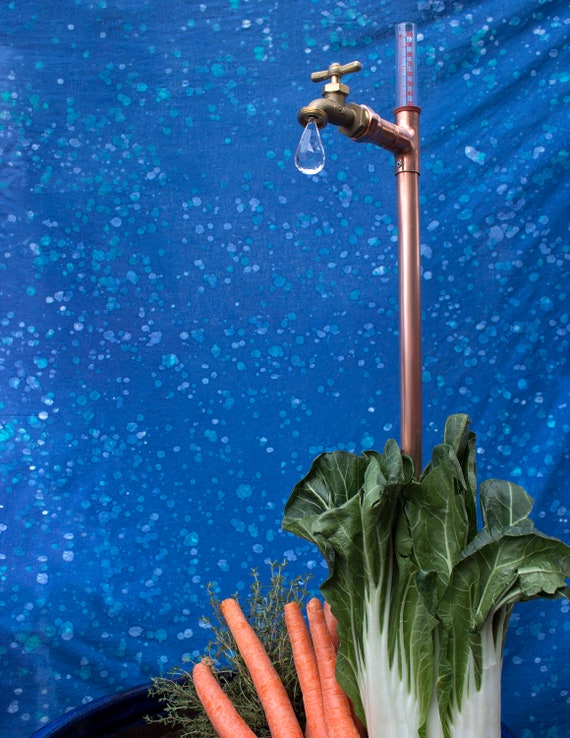Recognizing Rainfall Gauge Measurements: A Total Overview
Recognizing Rainfall Gauge Dimensions: A Complete Guide is an extensive resource for any person seeking a much deeper understanding of rain gauge measurements. Whether you are a professional in the area or just have an inquisitiveness concerning rainfall dimension, this guide will furnish you with the understanding needed to successfully utilize rainfall gauge measurements.
The Importance of Rain Scale Measurements
The significance of rainfall gauge measurements depends on their role as a vital device for properly monitoring and examining rainfall degrees - The Rain Gauge. Rainfall gauge dimensions provide beneficial information that assists meteorologists and hydrologists comprehend patterns and trends in rainfall, which in turn aids in numerous fields such as agriculture, water source management, and climate research study

Accurate rainfall dimensions are necessary for agriculture as they assist in establishing watering requirements, crop development, and return predictions. Farmers depend on this information to make enlightened choices concerning when to sprinkle their crops, preventing water wastefulness and making certain ideal crop health and wellness. Additionally, rains data assists in examining the effect of dry spells or excessive rains on plant manufacturing, making it possible for farmers to take appropriate procedures to minimize losses.
Water source management greatly counts on rainfall gauge measurements to determine the quantity of water offered in reservoirs, rivers, and lakes. Exact measurements make it possible for water supervisors to make educated decisions concerning water allotment and circulation, guaranteeing sustainable use and avoiding shortages. This info is specifically crucial in areas where water scarcity is a pressing concern.
Additionally, rain gauge dimensions play an essential role in climate research study. By precisely gauging rains over extended periods, scientists can analyze lasting climate patterns and determine adjustments in precipitation patterns as a result of environment adjustment. This information aids policymakers and scientists establish approaches to adapt to and alleviate the effects of climate adjustment.
Types of Rainfall Scales
There are various sorts of rain assesses made use of to determine precipitation properly. Each kind has its very own benefits and restrictions, making them appropriate for different purposes and settings.
The most usual kind of rain gauge is the standard cylindrical gauge. It contains a round container with a wide funnel-shaped top to collect rain (The Rain Gauge). The water is after that channelled right into a finished measuring tube, enabling exact dimension of the amount of rainfall
Another type is the evaluating rain scale. Weighing rain gauges are especially useful in locations with frozen precipitation or heavy rains, as they are not influenced by splashing or evaporation.
Tipping bucket rain gauges utilize a mechanism that ideas a small pail each time it collects a details amount of rain. The variety of ideas is recorded and utilized to calculate the rainfall. This kind of gauge is frequently made use of in automated weather stations due to its low upkeep demands and capability to provide real-time data.
Lastly, there are radar-based rainfall determines that use radar modern technology to approximate rains. These evaluates determine the intensity of rains in a certain location by evaluating the reflected radar signals. They are specifically valuable for gauging rainfall over huge locations or in content remote areas.
How Rainfall Gauge Measurements Work
Rainfall scale measurements are based upon the concept of measuring the quantity and gathering of rainfall. These tools are developed to capture rain and supply an exact measurement of the rainfall in a specific location.
The most usual type of rainfall scale is the standard round scale. It contains a round container with a wide opening at the leading to accumulate rain. The gathered water is then funneled into a determining tube, which is calibrated to supply the measurement in devices of size, generally millimeters or inches.
One more type of rainfall gauge is the tipping pail scale. It utilizes a seesaw-like mechanism with 2 buckets that tip when they get to a certain weight threshold. Each idea of the container represents a particular volume of rains, enabling precise dimensions.
Some innovative rainfall assesses are furnished with electronic sensors that immediately record and send data. These sensing units make use of various modern technologies such as ultrasound or laser to measure the amount of rains precisely.
Variables Influencing Rainfall Scale Precision
Variables that can affect the precision of rain scale measurements include numerous ecological and operational variables. Ecological variables such as wind, temperature, and air pressure can substantially impact the accuracy of rain scale dimensions. Solid winds can trigger the rain scale to move or tilt, causing inaccurate readings. Similarly, extreme temperature levels can cause evaporation or cold of the accumulated rain, bring about distorted dimensions. Modifications in air pressure can likewise impact the precision of rainfall scale measurements, as they can modify the price at which rains is accumulated.
Functional variables, on the other hand, describe variables connected to the layout, installation, and upkeep of the rain gauge. The placement of the rainfall scale in an area with obstructed airflow or near structures or trees can bring about unreliable analyses due to clog or splattering of rainfall. Inappropriate calibration or uneven maintenance of the rainfall scale can likewise impact its precision.
To make certain the accuracy of rainfall gauge dimensions, it is vital to consider these variables and take appropriate actions. This might involve picking a suitable area for the rain scale, making certain proper installation and upkeep, and on a regular basis adjusting the instrument. By resolving these factors, exact and trusted rains dimensions can be obtained, which are crucial for different applications such as weather projecting, hydrological researches, and farming.
Tips for Properly Gauging Rain
To make certain precise rainfall measurements, it is crucial to execute certain techniques and approaches when utilizing a rain gauge. Below are some tips for accurately measuring rainfall:
Correct Positioning: Position the rain gauge in an open location, away from trees, buildings, and other obstructions that may hinder the rainfall collection. It ought to be positioned on a level surface area to prevent water merging or overflow.

Read the Scale Correctly: When home taking measurements, reviewed the water degree at eye degree from the base of the lens. Prevent parallax mistakes by straightening your sight straight with the water level.
Constant Time Period: Establish a constant time interval for determining rains, such as every 24 hours or after each rains occasion. This ensures exact tracking and contrast of precipitation data.
Record Measurements Immediately: Videotape rainfall dimensions asap after collection to stop dissipation or spillage. Make use of a rainfall scale with an integrated data logging function for automated recording.
Conclusion
Finally, recognizing rainfall scale measurements is essential for properly measuring rains. Various kinds of rain assesses are offered, each with their very own advantages and restrictions. It is vital to think about elements that can impact the accuracy of rainfall scale dimensions, such as dissipation, placement, and wind. By complying with the tips supplied, one can guarantee extra precise and trustworthy rainfall measurements.
Comprehending Rain Scale Measurements: A Total Guide is an extensive resource for any person looking for a much deeper understanding of rainfall scale dimensions. Whether you are an expert in the click to find out more field or just have a curiosity concerning rains dimension, this guide will certainly equip you with the knowledge required to effectively make use of rainfall scale measurements.
The most typical type of rain scale is the conventional cylindrical scale.The most usual type of rain gauge is the typical cylindrical gauge.One more type of rainfall gauge is the tipping pail scale.